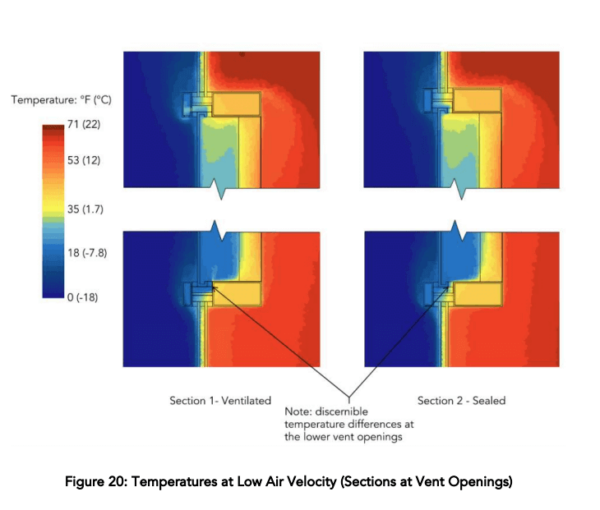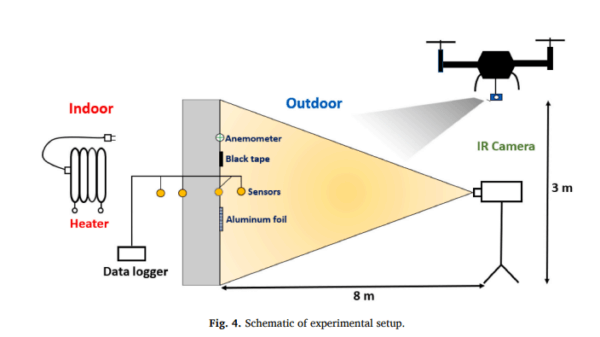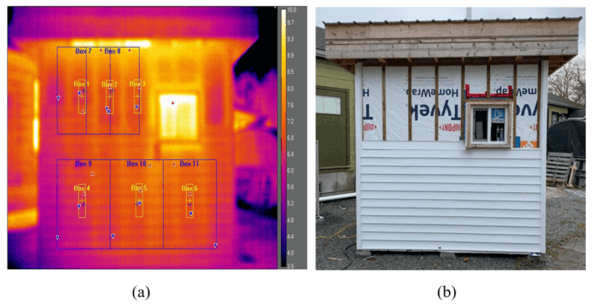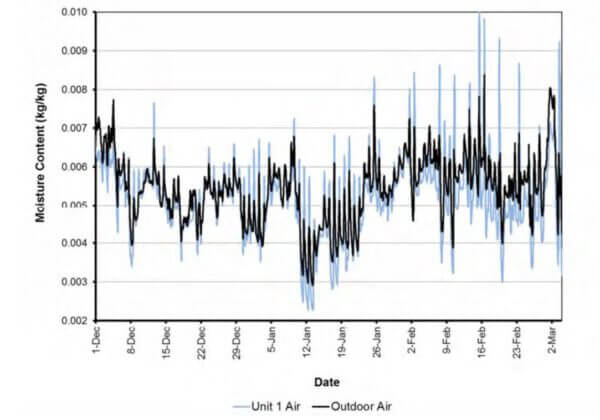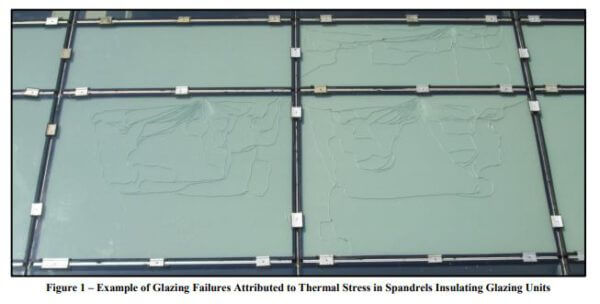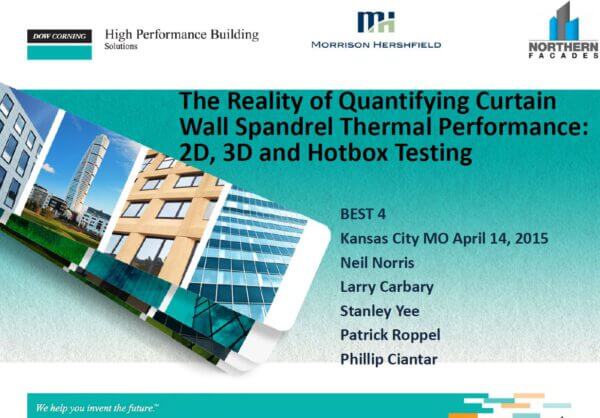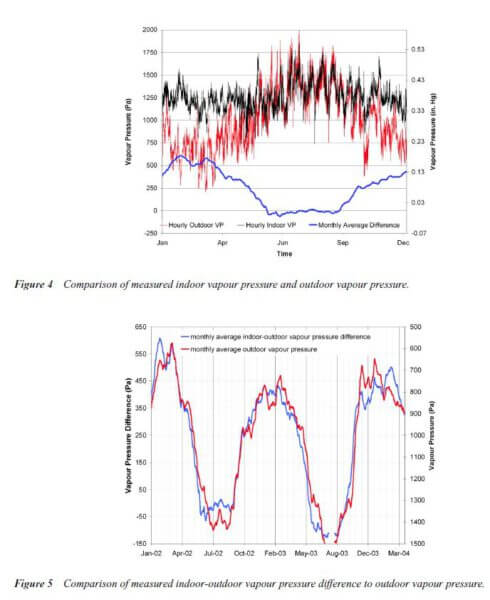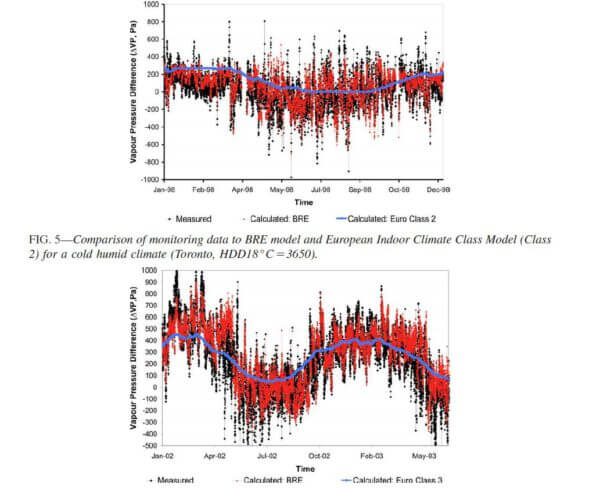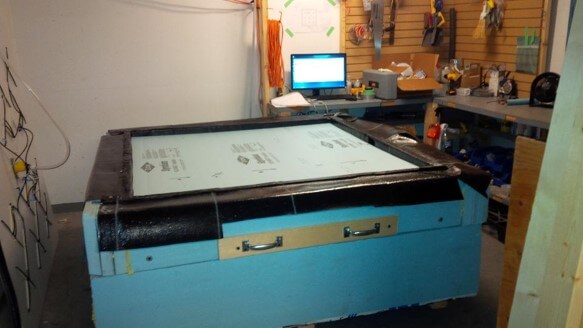Thermal Performance of Spandrel Assemblies in Glazed Wall Systems: Phase 1
This study looks at the level of mould growth in wood-framed buildings constructed in coastal climates, particularly on the roof sheathing of ventilated attics. It includes those buildings that fully ...
Read MoreChallenges and opportunities in quantitative aerial thermography of building envelopes
This study aimed to use external quantitative infrared thermography (IRT) to estimate effective U-value of opaque building envelopes (considering the effect of thermal bridging sources) of a conditioned at-scale structure ...
Read MoreDetermining overall heat transfer coefficient (U-Value) of wood-framed wall assemblies in Canada using external infrared thermography
The newest version of the Building Envelope Thermal Bridging Guide (BETB) is now available and aims to help the B.C. construction sector realize more energy-efficient buildings by looking at current ...
Read MoreAttic Ventilation and Moisture Research Study
This study looks at the level of mould growth in wood-framed buildings constructed in coastal climates, particularly on the roof sheathing of ventilated attics. It includes those buildings that fully ...
Read MoreQuantifying the Benefit of Venting Glazed Spandrels to Reduce Breakage and Control Moisture
While venting glazed spandrels is cited to be a benefit to control heat buildup, several instances of spontaneous glass breakage in spandrel insulated glazing units, attributed to thermal stress, have ...
Read MoreReality of Quantifying Curtain Wall Spandrel Thermal Performance: 2D, 3D and Hotbox Testing
Curtain wall assemblies, large expanses of aluminum framing, are not traditionally known for their thermal efficiency. While insulated spandrels within the curtain wall framing have been used in an attempt ...
Read MoreModeling of Uncontrolled Indoor Humidity for HAM Simulations of Residential Buildings
Moisture balance methods have been developed to estimate the indoor humidity in residential buildings that are without mechanical humidity control. Inaccuracies in the assumption of the indoor humidity can result ...
Read MoreSetting Realistic Design Indoor Conditions for Residential Buildings by Vapor Pressure Difference
Indoor relative humidity (RH) is commonly used to characterize the indoor environment for heat-air-moisture (HAM) simulations, chamber studies, analysis of monitoring data, or test hut studies of buildings without recognition ...
Read MoreDrainage Capabilities and Heat Loss of Different Inverted Roof Assemblies
Energy use in buildings throughout North America has attracted significant attention over the past decade. In cold marine climates, rainwater management is also a critical aspect of the building enclosure ...
Read More

Building Performance Library
Analyzing how all building systems function together to achieve greater energy efficiency, improved durability and optimized performance.
